Shawdesh desk:
Unearthing the secrets of a forgotten king! Archaeologists have stumbled upon a massive structure and a trove of artefacts hidden beneath a local legend. The site, known as the mound of Birat Raja (King Birat), has yielded a “palace” complex that suggests a grand and powerful ruler once held court there.
Located in Rajahar union under Gobindaganj upazila of Gaibandha, the excavation is a joint effort by the Rajshahi and Rangpur offices of the Department of Archaeology (DoA) under the Ministry of Cultural Affairs. A team of eight archaeologists led by DoA Regional Director Naheed Sultana began their work in December of last year.
The initial dig revealed a sprawling structure exceeding expectations. Measuring a staggering 50 metres in length, 35 metres in width, and four metres in height, the unearthed complex strongly suggests a palace fit for royalty.
The excavation has yielded a wealth of artefacts that whisper tales of the past. Ancient pillars, intricately designed clay plaques, and decorated bricks have been unearthed, each piece a testament to the site’s rich history.
Myths and legends
Local lore paints a vivid picture of King Birat, also known as Matsya Raja (Fish King). Legend has it that he was responsible for constructing over 900 ponds in the area for fish farming. Time, however, took its toll. The once-grand palace succumbed to ruin and became shrouded in jungle. The area was later cleared by the Santals, who remained unaware of the historical significance of the site.
While the prevailing belief places the palace in the mediaeval period, a definitive date remains elusive. Habibur Rahman, Rangpur Museum Custodian, cautions that a large-scale excavation is needed before a concrete timeline can be established.
A glimpse of a lost city
Local accounts speak of a well-fortified castle surrounding the palace, though no physical evidence of this has been unearthed yet. Archaeologists believe the complex may have included two or three temples connected by roads to the main structure, which is now largely ruined.
Generations of locals have passed down stories of Matsya Raja’s palace, with some even claiming to have seen relics from that era.
Habibur Rahman told the Daily Sun that a prior excavation unearthed an engraved stone with Sanskrit inscriptions, stairs leading to a portal, and a stone elephant head. These artefacts are currently housed in the Mahasthangarh and Rajshahi Varendra Research Museum.
“We’ve uncovered a much larger structure than we initially anticipated,” says Naheed Sultana, the lead archaeologist. “Unearthing the full story will require further excavation and research. The team is dedicated to uncovering the true history of this site, and once our work is complete, it will be open to the public.”


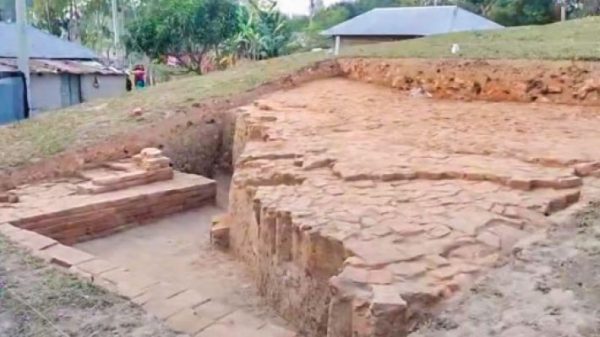


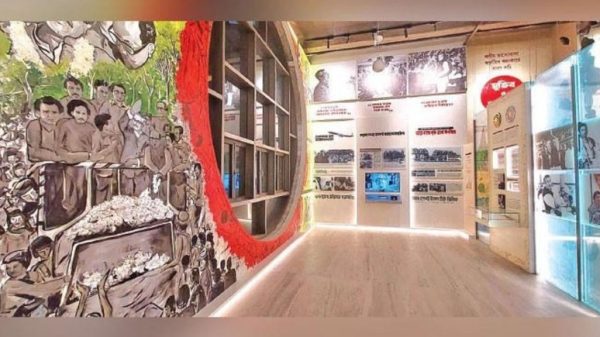
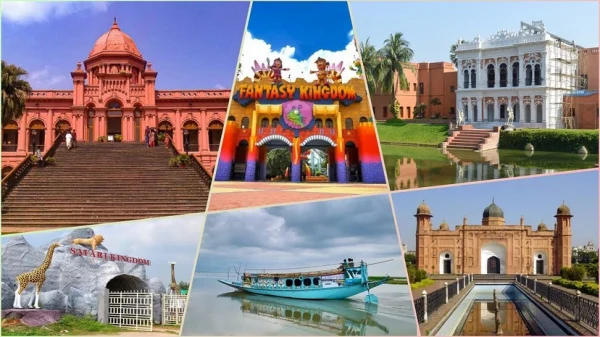


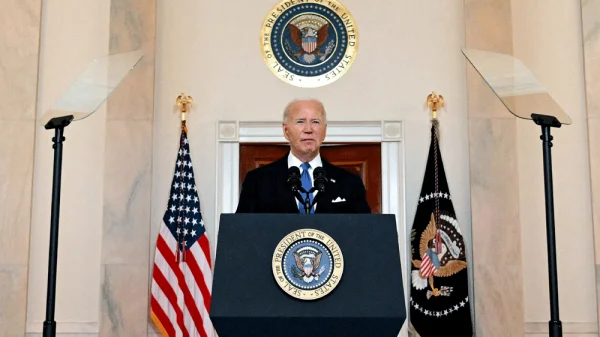

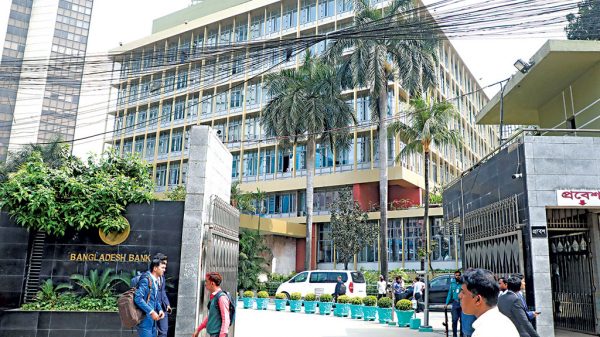


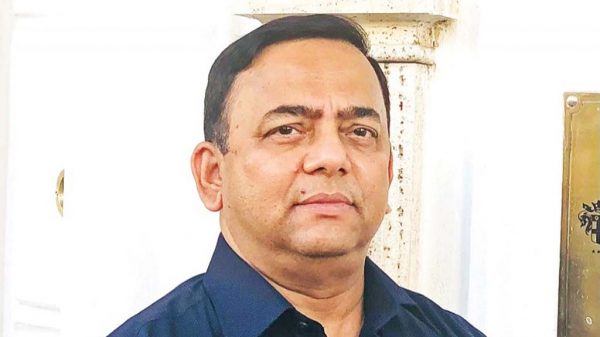

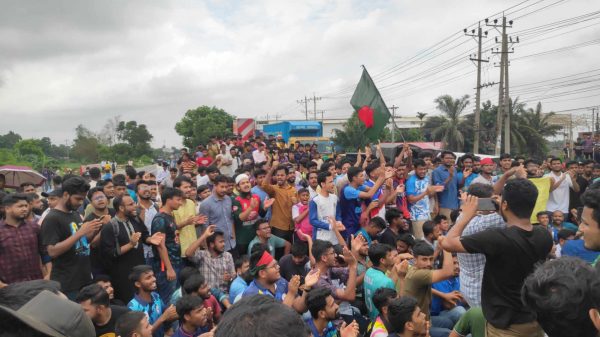
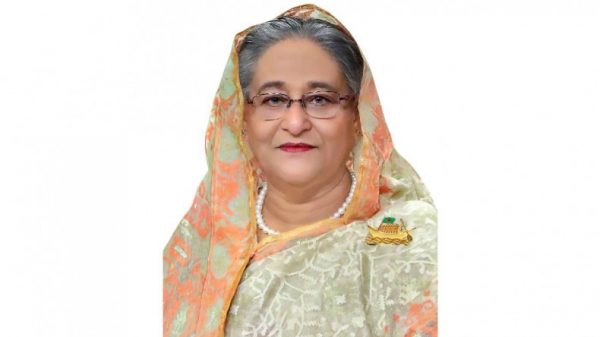
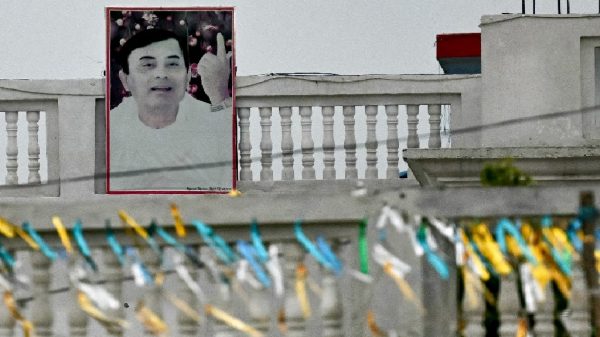











Leave a Reply